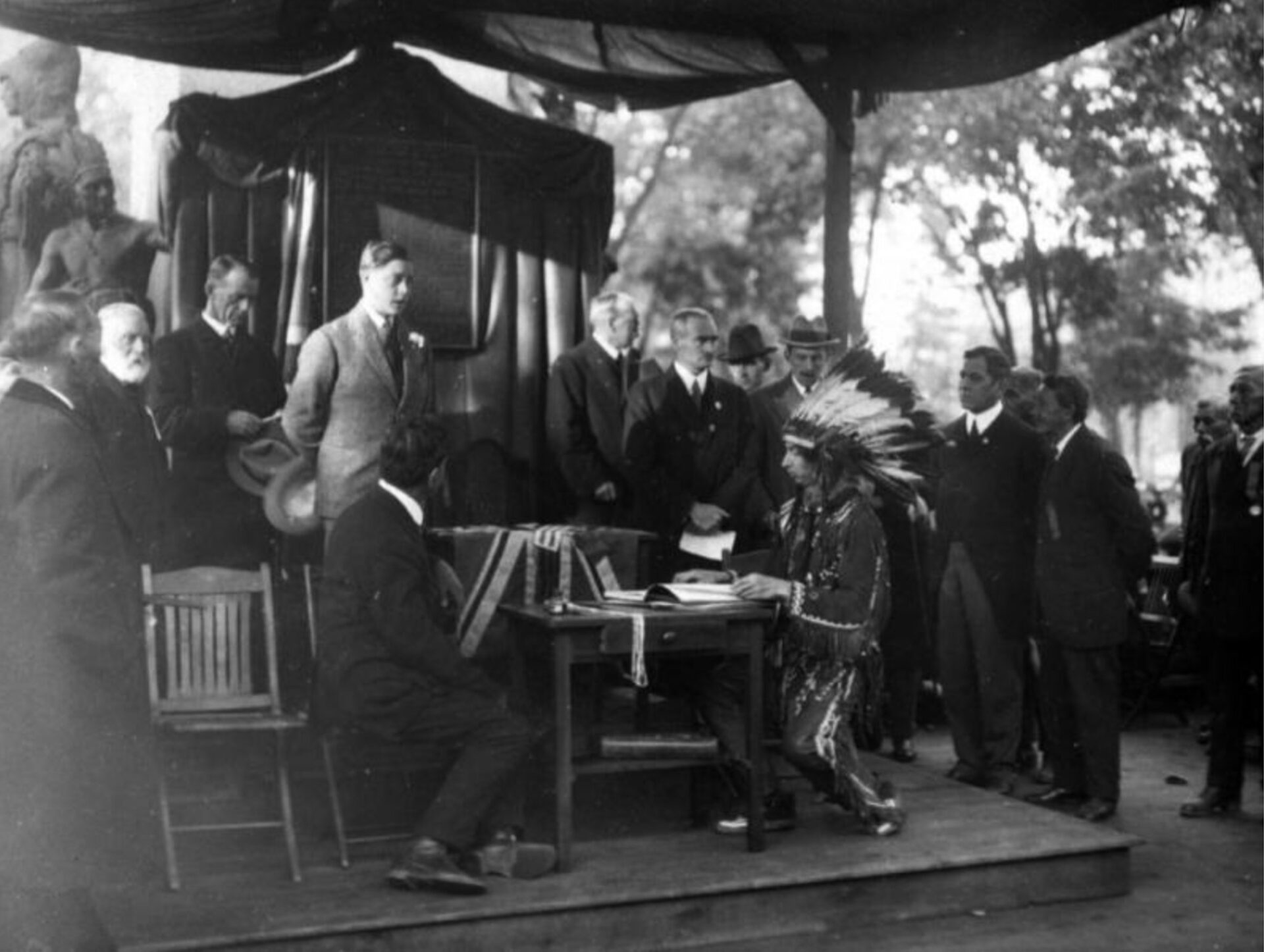As Canada takes a moment to remember those who died in service for our country, one Brantford resident dedicated the last several years of his life to keeping the memories alive of those who made the ultimate sacrifice.
Geoffrey Moyer was a technician at the Brantford Public Library for over 24 years, and although he passed away on Tuesday, July 2, 2024, at the age of 55, his work and his dedication to the region’s rich history surrounding the First World War, continues to live on through the Great War Centenary Association (GWCA), its extensive database and its educational resources.
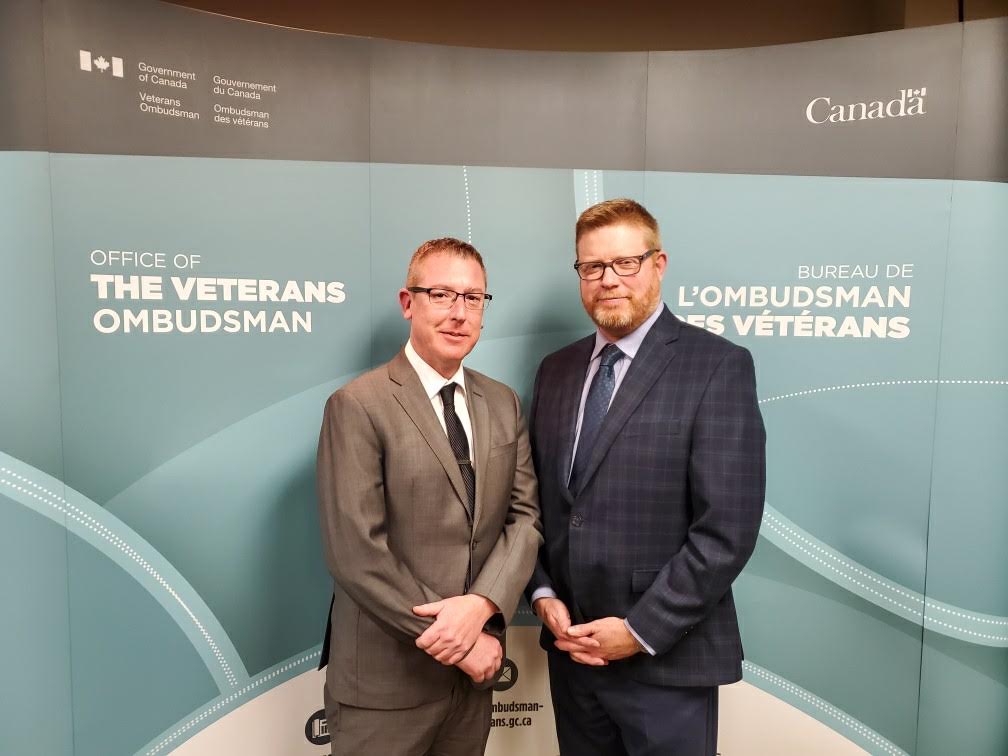
According to Veterans Affairs Canada, more than 650,000 Canadians and Newfoundlanders fought in the first World War. More than 66,000 of them gave their lives and more than 172,000 were wounded.
With the Great War now far behind us and those soldiers who fought for our freedoms having long since passed, it’s important to remember the sacrifices that were made.
Over 5,000 of the soldiers were from Brantford, the County of Brant and Six Nations of the Grand River, and the GWCA database boasts the names and profiles of those who went on to fight in the Great War.
“Geoffrey Moyer was the creator, chairperson and president of the GWCA and the whole entire database was based off of the individual research that he had done. He decided, with the prompting of a very close friend of his, to create a permanent place to put his research,” said Meghan Cameron, now the only member of the GWCA. “He spent close to nine years doing research on Brantford, Brant County, and Six Nations’ contributions to the First World War and his personal passion was local history. This man knew everything there was to know about Brantford, he knew everything about the Cenotaph and its history, and if you asked about any of those soldiers on the website, he knew them all. His whole thing was that the dead can’t speak for themselves, so we need to speak for them and he was so passionate about that.”
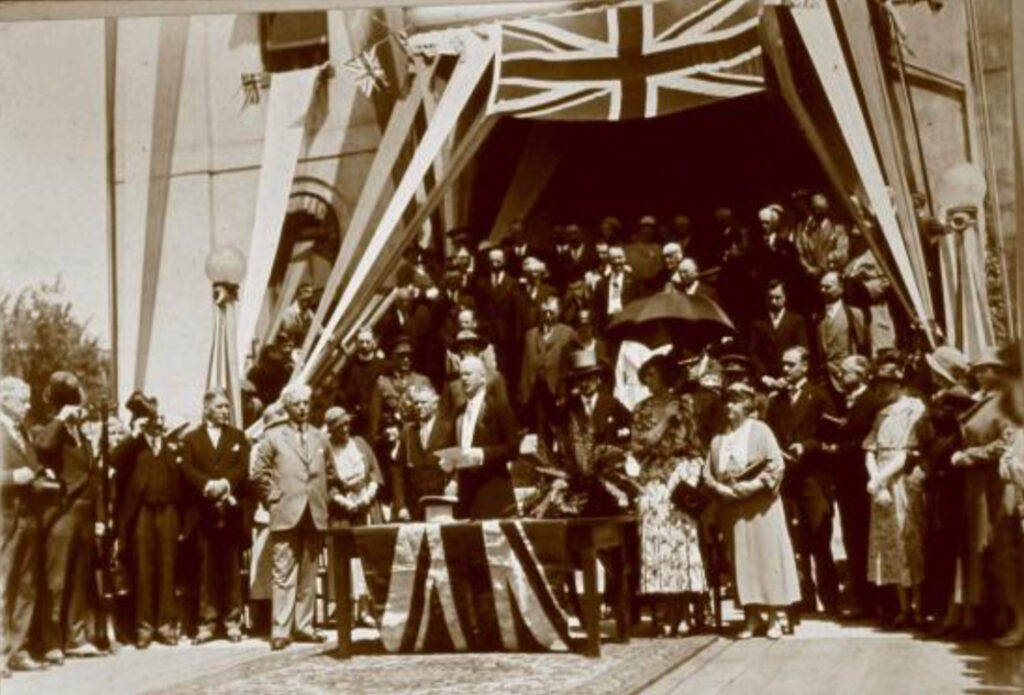
According to Cameron, Moyer spent much of his spare time in the local history room in the basement of the library, digging through microfiche and microfilm files to collect the information for the database, which was founded around 2013.
“He started with attestation papers and he would call the National Archives and have them relay information. Those papers were just one source of information where he was able to get registration numbers, regimental numbers and all that basic information about the soldiers,” said Cameron. “He then spent hours of his life in the basement of the library doing all sorts of research, scouring the newspapers page by page, day by day, from 1914 until 1919.”
She said any one profile on the database now has a large selection of data and documentation including photos and letters.
“It will give you all of their information, including if they survived or not, and then when you go to the profile page, it shows a picture if there’s one or more available,” said Cameron. “The profile has the person’s full name, all of their attestation information, which includes their rank, their unit, time of enlistment, what force they were with, and if they volunteered or were conscripted; where they lived and what they did for a living, when and where they died, where they’re buried and where they’re commemorated but there’s also any stories that they were mentioned in in the Brantford Expositor and Branford Courier.”
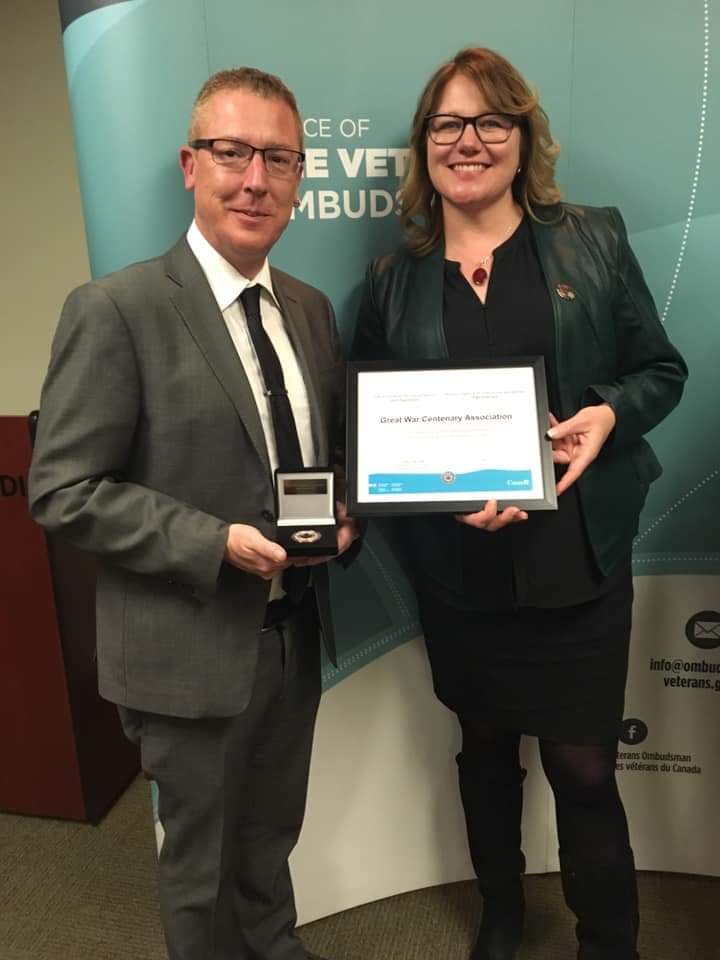
While the GWCA was created by Moyer, he eventually sought out to put together a committee of volunteers who were just as passionate as himself.
“Geoffrey hand-picked everybody because of their area of expertise. We had Paula Whitlow from Six Nations and at the time, was connected to the Woodland Cultural Centre, we had Amy Woodhouse who was with the library, and for a while, we had Chad Martin and he was interested in local history,” said Cameron. “Then there was Peter Farrugia, who is an associate professor of history and society, culture and environment at Laurier, we had Evan Habkirk who was our PhD student, Andrew Iarocci, a history professor at Western University and Vincent Ball, a journalist with the Brantford Expositor.”
“When we were on the committee, we were all employed full-time elsewhere but volunteered with GWCA on the side. It really, truly became this labour of love for all of us,” continued Cameron. “We all contributed and wrote articles that helped provide context. If you go under our history, there’s several different categories; from home front to wartime crises, wartime economy and post war. All of us took part in creating those pieces from Geoffrey’s research, and so that’s what our role was.”
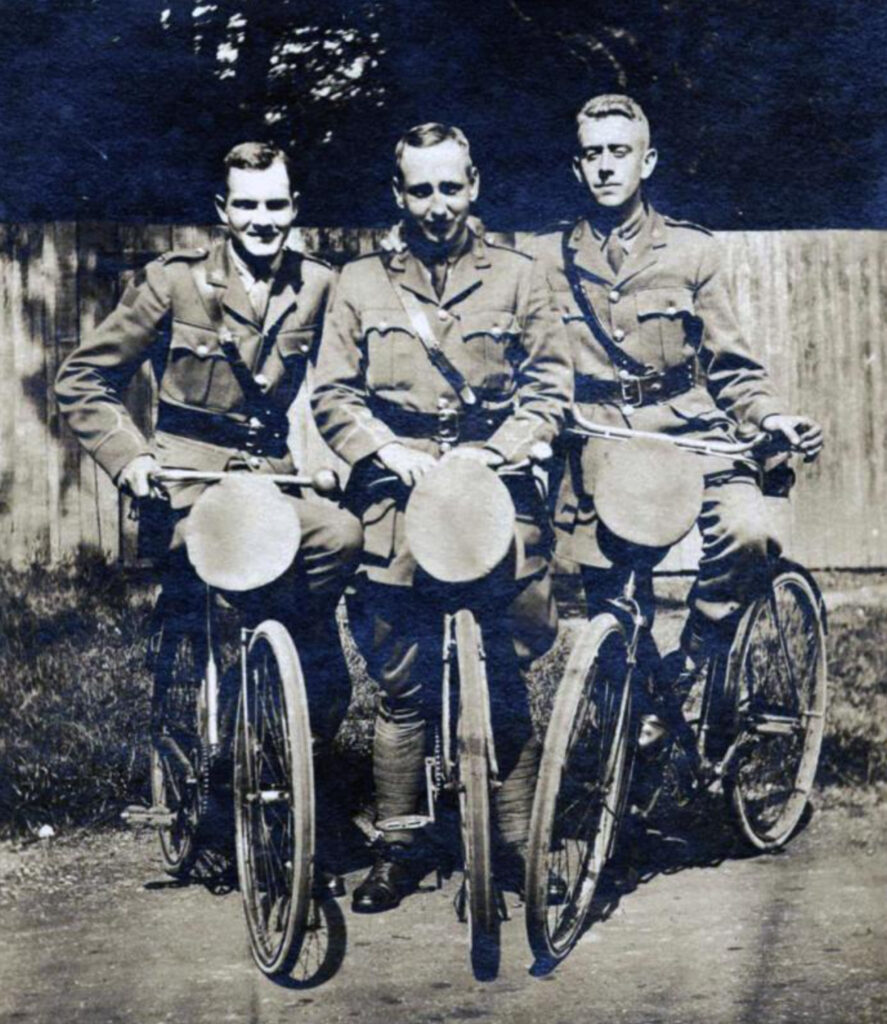
She said that as a non-profit, registered charitable organization, the team’s whole job was to preserve and make available to the public, a free, permanent and evolving record of the community’s involvement in the Great War.
“The thing with Geoffrey was that he didn’t want to have a pay wall for any of the information, the only thing he asked people to do was to cite our material,” she continued. “Any academic, any student, teacher, or private historian can use all of the information for free, but all he asked was that you must cite us as the source. That’s the beauty of grassroots volunteering, right? Because if we had monetized this, it wouldn’t be the same. This resource is the blood, sweat and tears from volunteers who felt that this was important and followed somebody who had a vision.”
Apart from writing and transcribing various articles, the GWCA also held free speaker series and digitization days, created displays, made presentations at events, academic conferences and schools, led Cenotaph walking tours, and spearheaded Remembrance projects. Much of the work they did earned the GWCA the Veterans Affairs Ombudsman Commendation Medal in 2019.
“We did delegations to City Hall to, for example, to restore the Howitzer gun that’s in front of the armory and we also pushed for the City to do banners that commemorated and recognized 11 people who survived, and 11 people who died for a total of 22 banners up around town,” said Cameron. “The whole thing is that we just wanted to share as much information as we could so we connected ourselves with the Imperial War Museum, the Canadian Museum of History and other organizations as well. We really became part of a network and kind of put our communities on the map.”
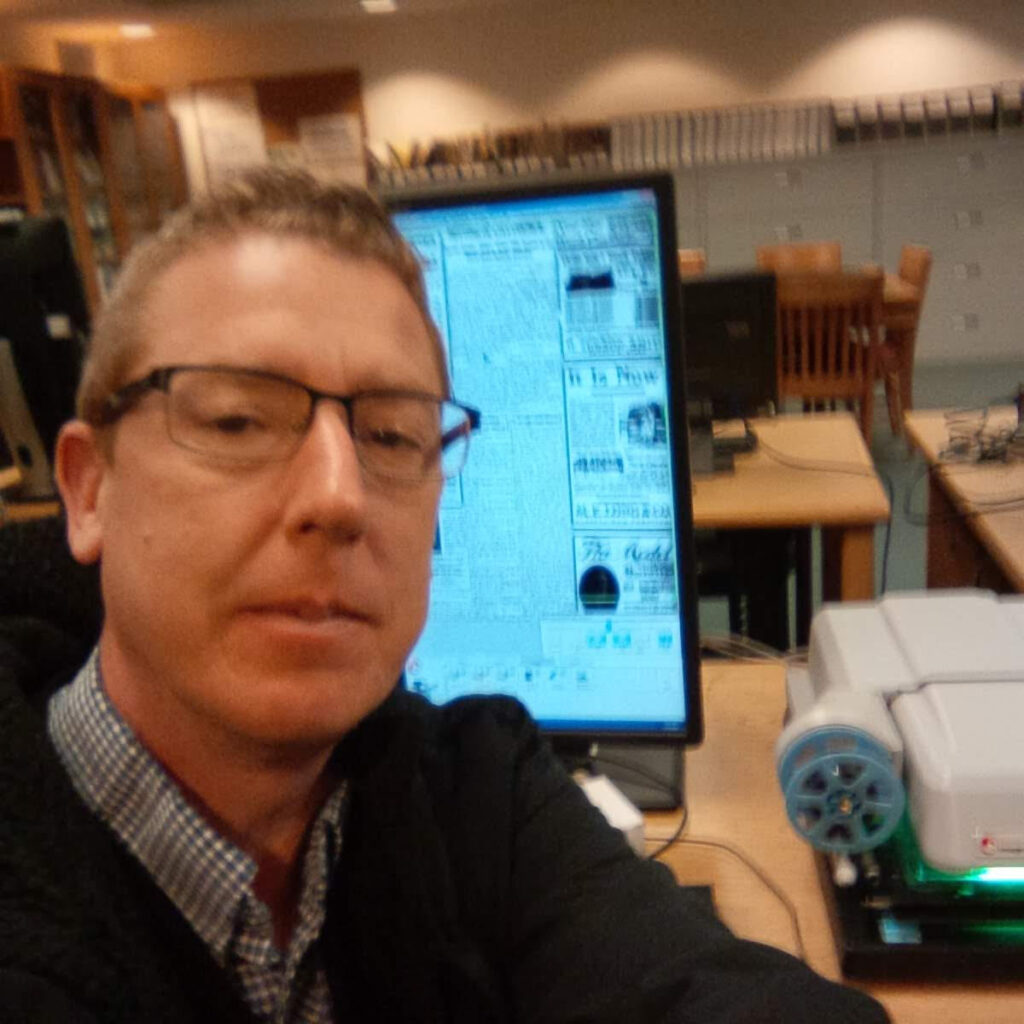
She said that as a resource, the GWCA not only helps to keep the memories of the soldiers alive, but it also helps to understand the relationship between the three communities, both in the past and in the present day.
“When you look at our three communities and our experiences within the context of the war, they’re all different. We wanted to have the urban context from Brantford and we wanted the rural context from Brant County, but it was also important for us to have the Indigenous voice included in this because Six Nations has a completely different take on everything because they actually had a separate alliance with the British,” said Cameron. “With that in mind, all of our information around Six Nations soldiers was vetted by Indigenous scholars and by academics in Six Nations, and we made sure that we had the okay from Six Nations to publish the information and that it was accurate. I think that was really important because it helps us understand our own relationships to each other, not just in the past but currently as well.”
Cameron said that although the GWCA website and research will soon be handed over to the Brantford Public Library, who will maintain it going forward, being part of the committee was a life changing experience for her and her career as a teacher.
“It was an incredible experience, it changed me and it changed my whole outlook on teaching and teaching history because as teachers, we’re often afraid of touching on local history because either we don’t know it or we don’t understand it, or we don’t know how to fit it in,” she said. “When I have my students go through the database I always say ‘read the name out loud,’ and then I tell them, ‘you just said this person’s name out loud, and no one has probably said it in over 100 years’ and that’s powerful, right? It just makes people a little bit more aware of the fact that history is not just about the past, it’s about the present and by telling the stories and engaging with those stories, it creates history as well.”
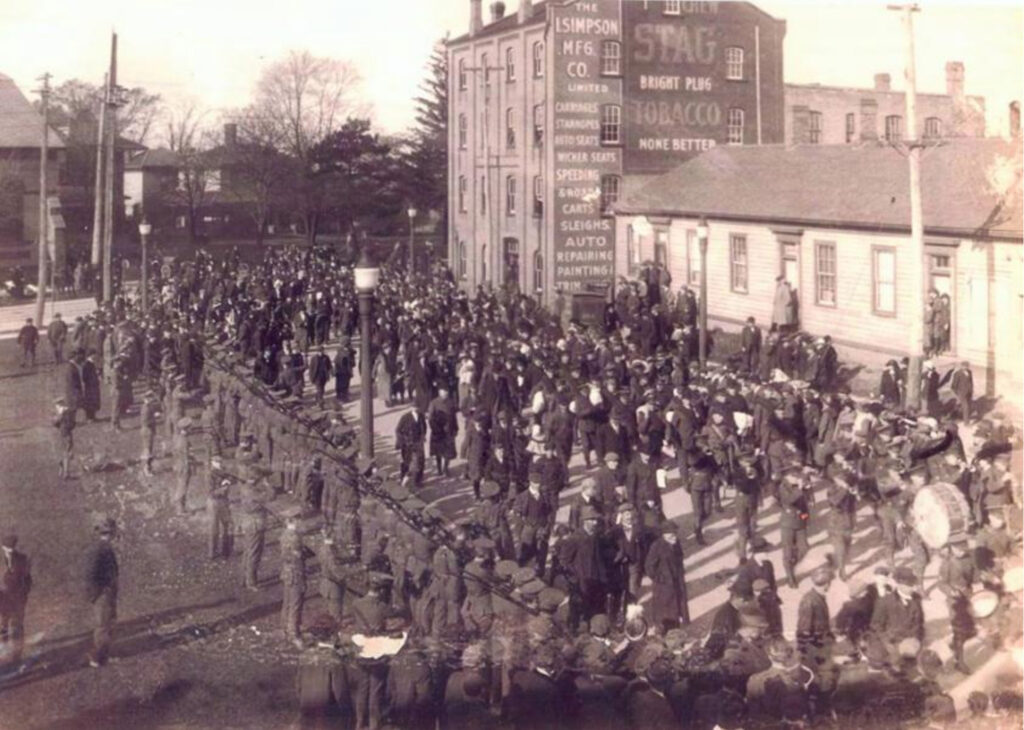
Cameron said that while this Remembrance Day she’ll be thinking about those who put their lives on their line in service of our country, she’ll also be remembering the impact of a great friend.
“Geoffrey would have been 56 on November 10, so he was very young when he passed, but you know, he got to see his life’s passion and his life’s work come to fruition,” said Cameron. “He wasn’t one who wanted to talk about himself, but we need to emphasize that none of it would have been possible without him. This was his brain child, it was his passion, it was his sweat, it was his tears, it was everything to him and all of us were just kind of along for the ride to help him realize that. We’re all very much appreciative to have been there with him to do that.”
For those looking to explore the database, visit www.doingourbit.ca. If you don’t know where to start or who to look up, Cameron suggested taking a look into the following four names:
Cameron Brant – “ He’s really interesting because he’s the first Indigenous soldier who’s killed in action during World War One and he’s also Joseph Brant’s great grandson. His profile page is very significant because it’s very, very detailed, and you’ve got things in there like the letter to the Chiefs of Six Nations, which shows how he was held in high regard.”
Oliver Martin – “He’s a really significant person because he became the highest ranking Indigenous soldier in Canadian history after he became a Brigadier General in World War Two. He built huge amounts of respect from his soldiers because he took the time to build camaraderie with them. He’s just a fascinating individual who survived the war, went on to become a teacher and was the first Indigenous person to be appointed to a judicial position in Ontario. He was just an incredible human being.”
Katherine Macdonald– “She was a nursing sister from our area who was killed in 1918 and she was considered to be the first woman killed in action in Canadian history because she was on the front line as a nurse. We know that around 40 women lost their lives during the Great War, and the second one was Dorothy Baldwin who was actually from Paris.”

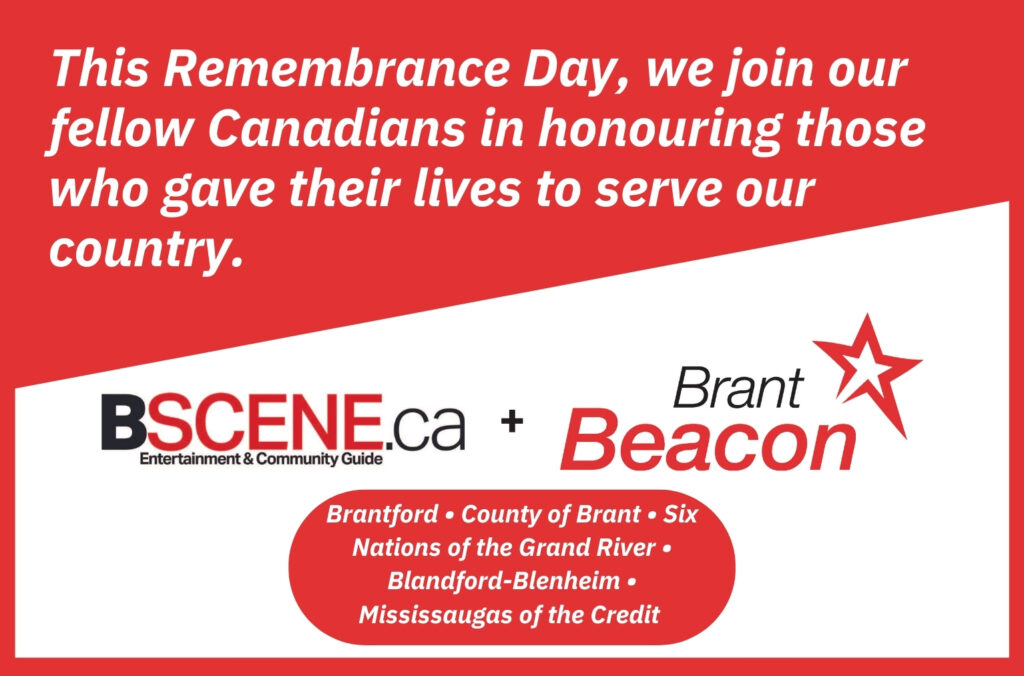
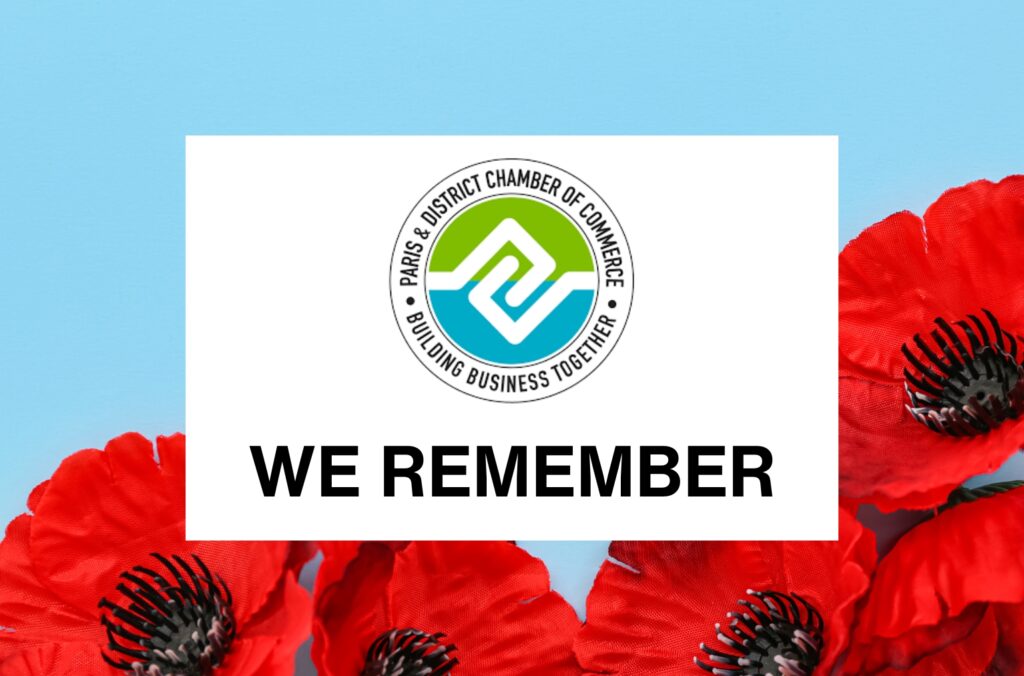
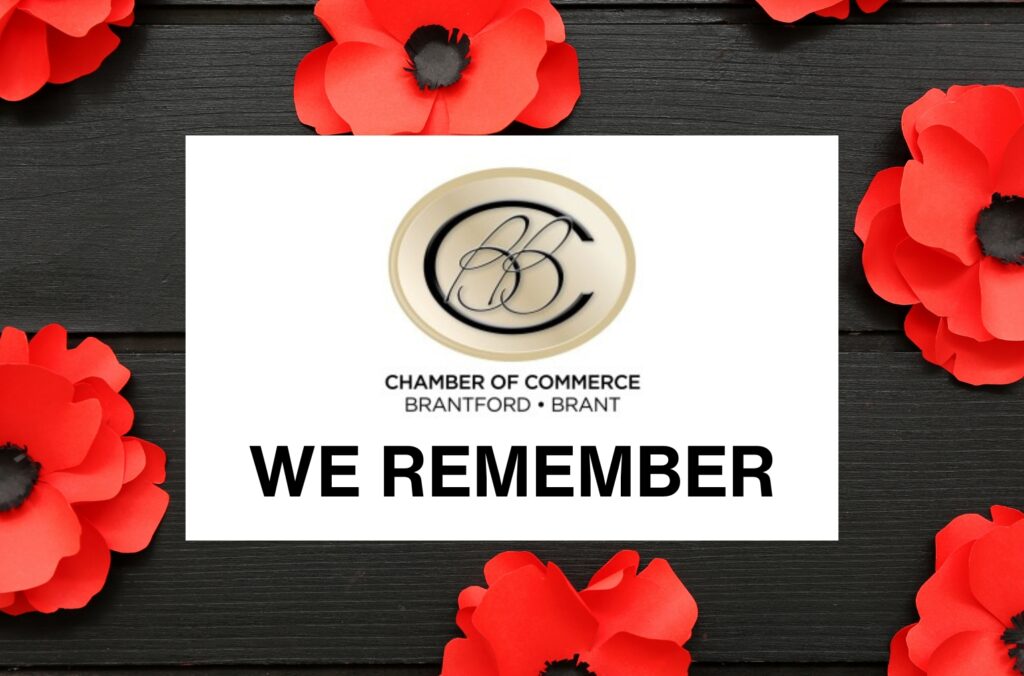
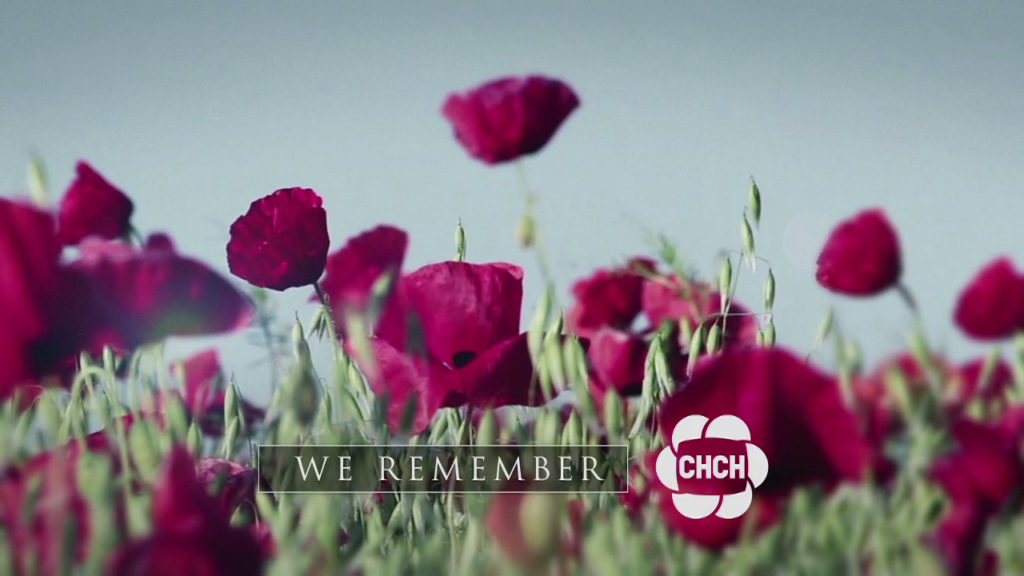
Kimberly De Jong’s reporting is funded by the Canadian government through its Local Journalism Initiative.The funding allows her to report rural and agricultural stories from Blandford-Blenheim and Brant County. Reach her at kimberly.dejong@brantbeacon.ca.
